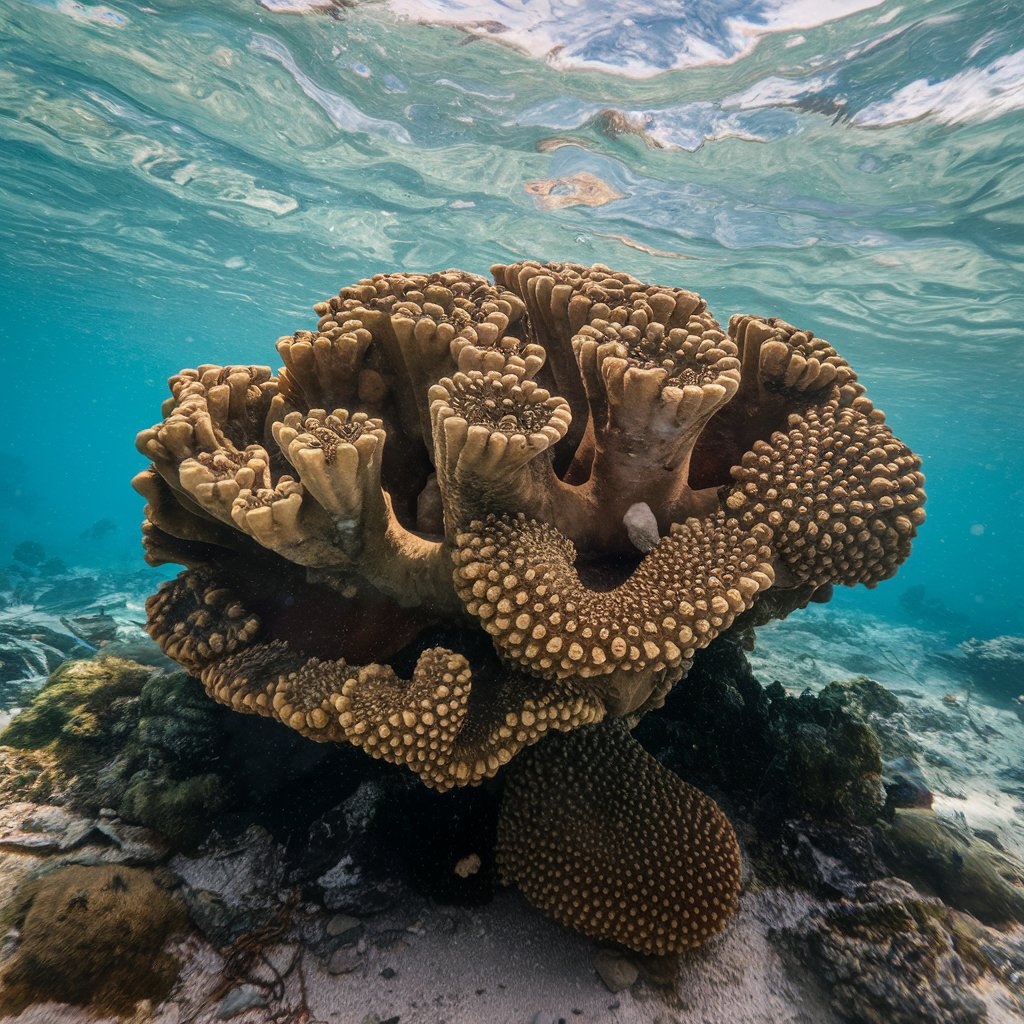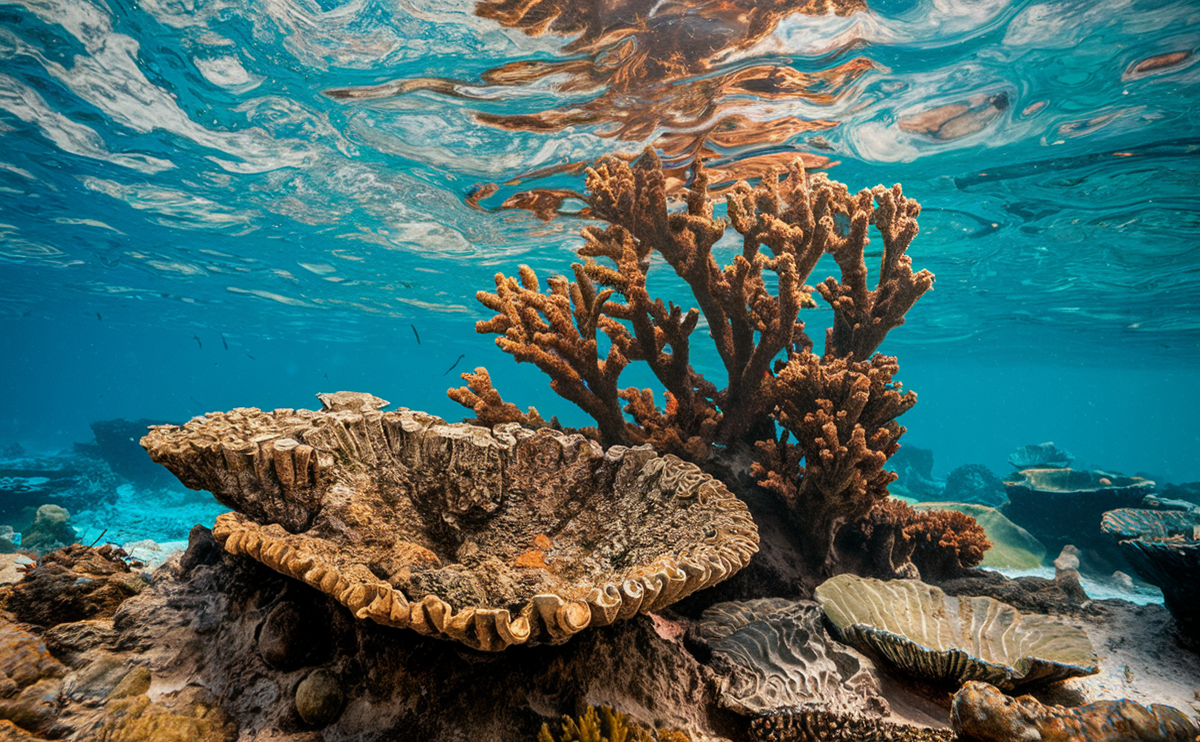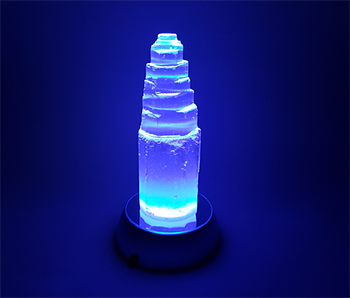Beneath the sands of time, fossil coral tells a tale as old as the oceans themselves. These delicate remnants of once-thriving coral reefs have transformed from vibrant marine ecosystems into mesmerizing pieces of history. For collectors and enthusiasts, fossil coral offers a rare glimpse into a world long gone, an ancient narrative preserved in stone.
- What is Fossil Coral?
- Types of Coral Fossils: A Glimpse Into the Past
- How Old Are Coral Fossils?
- The Fossilization Process: From Coral to Stone
- The Fascination with Fossil Coral
- Fossil Coral in Morocco: A Rich Tapestry of History
- How to Identify and Care for Fossil Coral
- Conclusion
1.What is Fossil Coral?
Fossil coral, also known as fossilized coral, is the mineralized remains of ancient corals, which once flourished in warm, shallow seas. Over millions of years, these coral skeletons were replaced by agate, silica, or calcite, retaining the original coral structure while taking on new mineral content. This process, called permineralization, creates stunning patterns and colors that make fossilized coral a favorite for collectors and jewelry makers alike.
While modern corals are alive, colorful, and vibrant, fossil coral is like a ghost of the ocean, frozen in time, but with a beauty all its own. Whether it’s the swirling, geometric patterns of a fossil coral slab or the intricate latticework of a fossilized horn coral, each specimen is a unique masterpiece.
2.Types of Coral Fossils: A Glimpse Into the Past
Corals have been around for over 500 million years, and during this time, they’ve taken many forms. The fossil record preserves several types of coral fossils, each with its own characteristics. Let’s dive into the most common ones:
- AHorn Coral Fossil
Named for their horn-like shape, these corals thrived from the Ordovician to the Permian period, around 488 to 251 million years ago. Fossilized horn coral was once part of solitary coral colonies, standing upright like the solitary trees of an ancient underwater forest. These fossils are often highly sought after due to their unique structure and the intricate details of their internal chambers, which resemble the spiral horns of a ram. - Tabulate Coral
Unlike horn coral, tabulate coral formed colonial structures with flat, table-like layers. They were especially prevalent during the Paleozoic era. These fossils reveal the branching nature of coral life forms, with patterns resembling honeycomb grids, providing a mesmerizing insight into prehistoric marine life. - Rugose Coral
Similar to horn corals, rugose corals were solitary or colonial creatures with large, robust skeletons. Their fossilized remains exhibit a unique radial pattern that resembles the spokes of a wheel, making them a fascinating specimen for any fossil collector.
Each type of coral fossil tells a different part of the coral’s evolutionary journey, frozen in time, waiting to be discovered.
3. How Old Are Coral Fossils?
When you hold a piece of fossilized coral, you’re holding a fragment of Earth’s distant past. Coral fossils date back to the Ordovician period, around 488 million years ago, and some fossilized horn corals are believed to be as old as 500 million years. That’s before the age of dinosaurs!
These fossils give paleontologists clues about the ancient oceans where these corals once thrived. Fossil corals are not just remnants of ancient reefs but also evidence of the Earth’s changing climate, sea levels, and biodiversity over millennia. The age of coral fossils depends on the type of coral and the era in which it lived, with many ranging from 250 to 500 million years old.

4. The Fossilization Process: From Coral to Stone
The journey from coral reef to fossil bed is a slow, almost poetic transformation. When corals die, their skeletons settle to the seabed, where they can be buried by layers of sediment. Over millions of years, these skeletal remains undergo permineralization, where the organic materials are replaced by minerals like silica or calcite. The original structure of the coral is preserved, but the material has transformed into stone, capturing the intricate details of ancient marine life.
This process can take anywhere from thousands to millions of years, depending on environmental conditions. As a result, fossilized coral often has beautiful, complex patterns and vibrant colors, with hues of red, orange, and yellow caused by trace minerals in the surrounding sediments.
5. The Fascination with Fossil Coral
Fossil coral holds a special place in the hearts of fossil hunters and gem enthusiasts alike. Its history, beauty, and rarity make it a prized possession. Beyond its scientific significance, fossil coral is also popular in jewelry making. The patterns in polished fossilized coral resemble intricate lace, mandalas, or flowers, making it a unique material for artistic expression.
Collectors are drawn to the rarity of fossil coral, especially specimens like horn coral fossils, which carry a distinctive and easily recognizable shape. Each fossil tells a story—a moment captured forever in stone, whispering secrets from a time when our planet was a very different place.
6. Fossil Coral in Morocco: A Rich Tapestry of History
Morocco is one of the richest sources of fossils in the world, and its fossil beds contain a treasure trove of ancient coral fossils. The country’s arid landscapes are home to some of the most beautifully preserved fossilized corals, including horn coral fossils. These fossils offer insight into the ancient seas that once covered the region, long before the Sahara became a desert.
Moroccan fossil beds are renowned for their wide variety of fossilized creatures, from trilobites to ammonites, and fossil coral is no exception. If you’re ever fossil hunting in Morocco, be sure to keep an eye out for these ancient marine wonders.
7. How to Identify and Care for Fossil Coral
Identifying fossil coral can be a rewarding challenge. The most common feature to look for is the characteristic pattern of the coral’s skeleton. Fossilized coral typically has a honeycomb or starburst pattern. If you’re unsure whether a specimen is coral, a fossil expert can often determine its origin through careful examination of its structure and mineral composition.
Caring for fossil coral is simple—much like any other fossil. Keep it away from extreme temperatures, and handle it with care to prevent damage. If you display fossil coral in your home, ensure it’s not in direct sunlight to avoid any fading of its natural colors.
8. Conclusion
Fossil coral is a bridge between our modern world and the ancient seas that once teemed with life. From horn coral fossils to fossilized tabulate corals, these stones are windows into the past, capturing the delicate dance of marine ecosystems from millions of years ago. For collectors, these fossils are more than just pieces of rock—they are pieces of history, imbued with the stories of Earth’s ancient oceans.
Whether you’re a seasoned fossil collector or a curious beginner, fossil coral is a must-have for your collection. Its intricate beauty and the rich history it represents make it a timeless treasure, waiting to be discovered, admired, and cherished.


